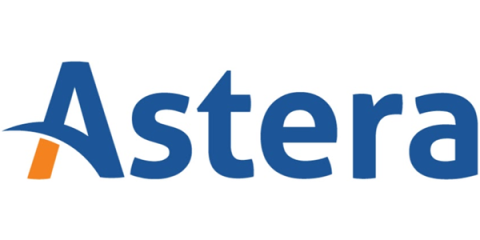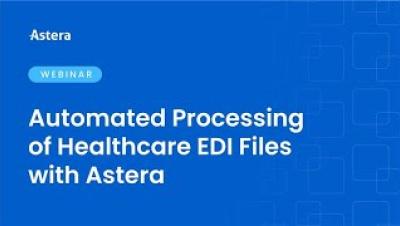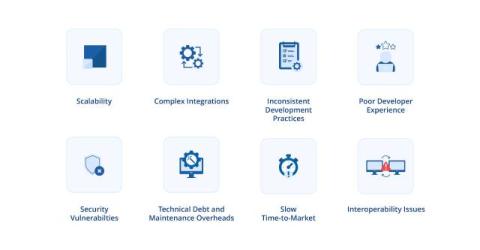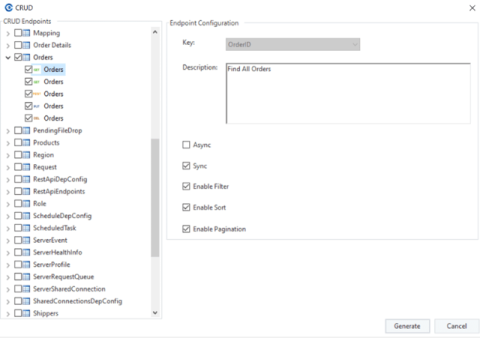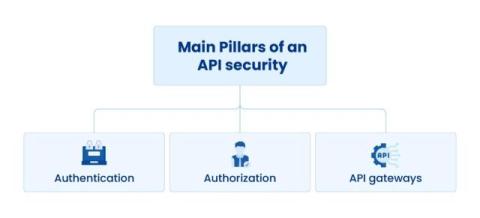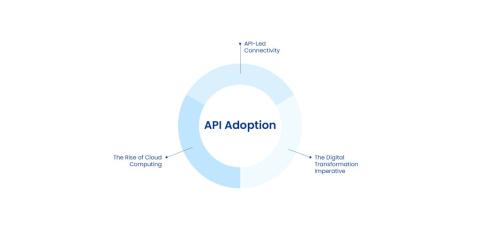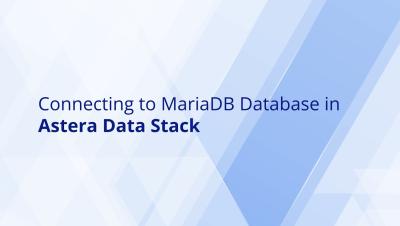Top 8 Legacy Modernization Tools for 2024
According to Statista, the market for legacy modernization tools might reach $36.86 billion by 2027. This growth signifies an increasing demand for modernization in organizations worldwide. However, the journey towards modernization isn’t always successful. In fact, nearly three out of four organizations fail to modernize legacy systems effectively. The best legacy modernization tools can help your organization overcome these challenges.


